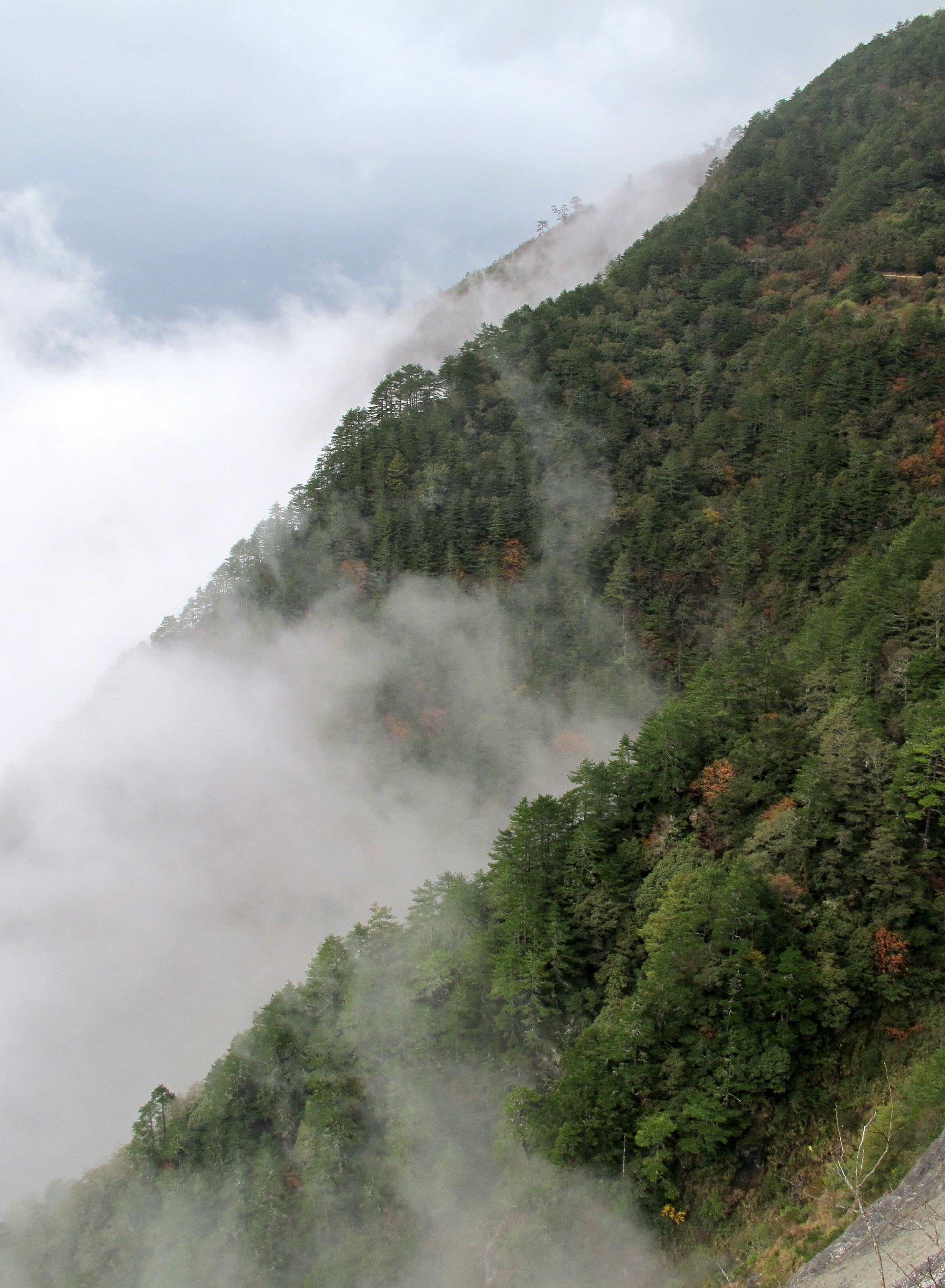
This is even more impressive when you appreciate how just densely populated Taiwan is, and that typhoons occasionally obliterate woodlands. Taiwan has 649 people per square kilometer; the UK has 276, whereas the US has a mere 36. When a typhoon strikes Taiwan, it isn’t the strong winds so much as the heavy rains that endanger forests. Downpours often trigger landslides in mountain areas, sweeping trunks, branches, and stumps downriver and out to sea.
There’s another reason why the health and size of Taiwan’s forests in recent decades is remarkable. Before the invention of synthetic camphor, the island was the world’s no.1 source of camphor. Throughout the 18th and 19th centuries, demand for camphor (which was used to make mothballs, smokeless gunpowder, and other products) led to large-scale felling of camphor trees in the foothills. In the same era, pioneers cleared other kinds of woodland so they could launch Taiwan’s famous tea industry.
Sublime accessible forests can be found around Alishan and Yushan National Park. One of favourite paths is the Tefuye Historic Trail. However, if you wish to hike the entire route (which is very worthwhile), you’ll need a car and a driver to pick you up at the other end. During the slow drive between Sun Moon Lake and Taroko Gorge via Hehuanshan, you’ll see steep high-altitude woodlands like those pictured top right.
The island doesn’t just have a lot of trees — it also has tree species that grow nowhere else on Earth, such as Pinus Taiwanensis (Taiwan red pine, pictured lower left). Most specimens are found quite high in Taiwan’s mountains, but there’s a splendid if ailing Taiwan red pine at Cingshueiyan Temple in the foothills of central Taiwan’s Changhua County.
Recognizing the role of forests in limiting atmospheric carbon dioxide levels and safeguarding vulnerable slopelands during torrential rains, Taiwan’s government has long championed afforestation. An essential initiative unfolds in East Taiwan, where Danong Dafu National Forest Recreation Area is the site of more than a million new trees covering former sugar plantations. The site attracts wildlife such as yellow-throated martens, not to mention avid birdwatchers who rise early to spot feathered wonders. For those eager to experience Taiwan’s natural wonders, contact us today.
Explore Taiwan’s Forests
For travellers seeking to explore Taiwan’s magnificent and accessible forests, several locations inside the island’s national parks offer heavenly experiences. The drive between Sun Moon Lake and Taroko Gorge via Hehuanshan will take you through steep high-altitude woodlands that epitomise Taiwan’s natural beauty.
This is where a Taiwan private tour shines, as you can rely on the language skills and local expertise of our licensed and experienced guides, allowing you to savour memorable experiences. As a tour operator dedicated to catering to the needs of English-speaking and European visitors, Life of Taiwan offers a comprehensive range of luxury and family tours of Taiwan. Contact us today, and our expert travel designers will share their expertise and assist you in planning a customised trip that fully aligns with your interests and requirements.

